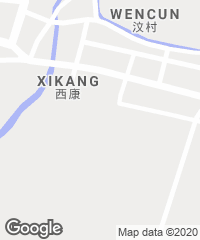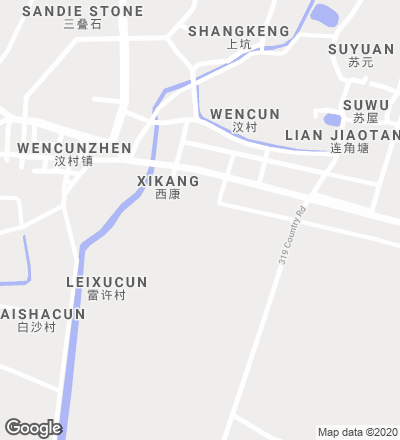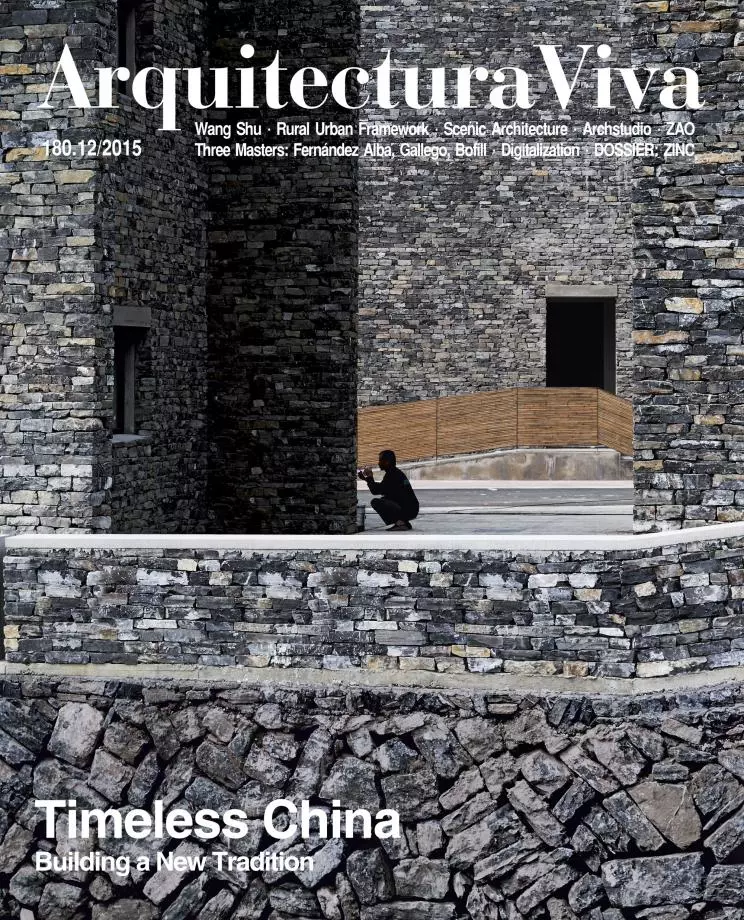One of the most lamentable consequences of Chinese development policies has been the abandonment of the medium that not so long ago was the country’s economic base: the rural world. To counter this abandonment and the parallel phenomenon of exodus to the cities, for some years now the authorities have been carrying out regeneration interventions, among them this ambitious project in Wencun (in China’s southernmost province), which has resulted in the construction of fourteen houses, a bridge, and some public facilities, and the refurbishment of several traditional buildings.
The ideology behind the operation is the old premise that the rural world still corresponds with a way of life synonymous with social harmony and respect for nature. Belief in this idea has led to research which, inspired in tradition, has yielded several models that can be applied in future rural developments. Attention to the vernacular also determines the urban scheme followed by the project – a dense and labyrinthian fabric similar to that of any other Chinese town – and the construction systems and local materials used: pitched roofs, braces and cantilevers, interior courtyards, wood, brick, basalt stone... All this filtered by the sieve of a language that comes across as contemporary because it is stripped and abstract.
Obra Work
Proyecto de regeneración de Wencun, Cantón Wencun Village regeneration project, Guangdong (China).
Arquitectos Architects
Wang Shu, Lu Wenyu / Amateur Architecture Studio.
Fotos Photos
Iwan Baan.









